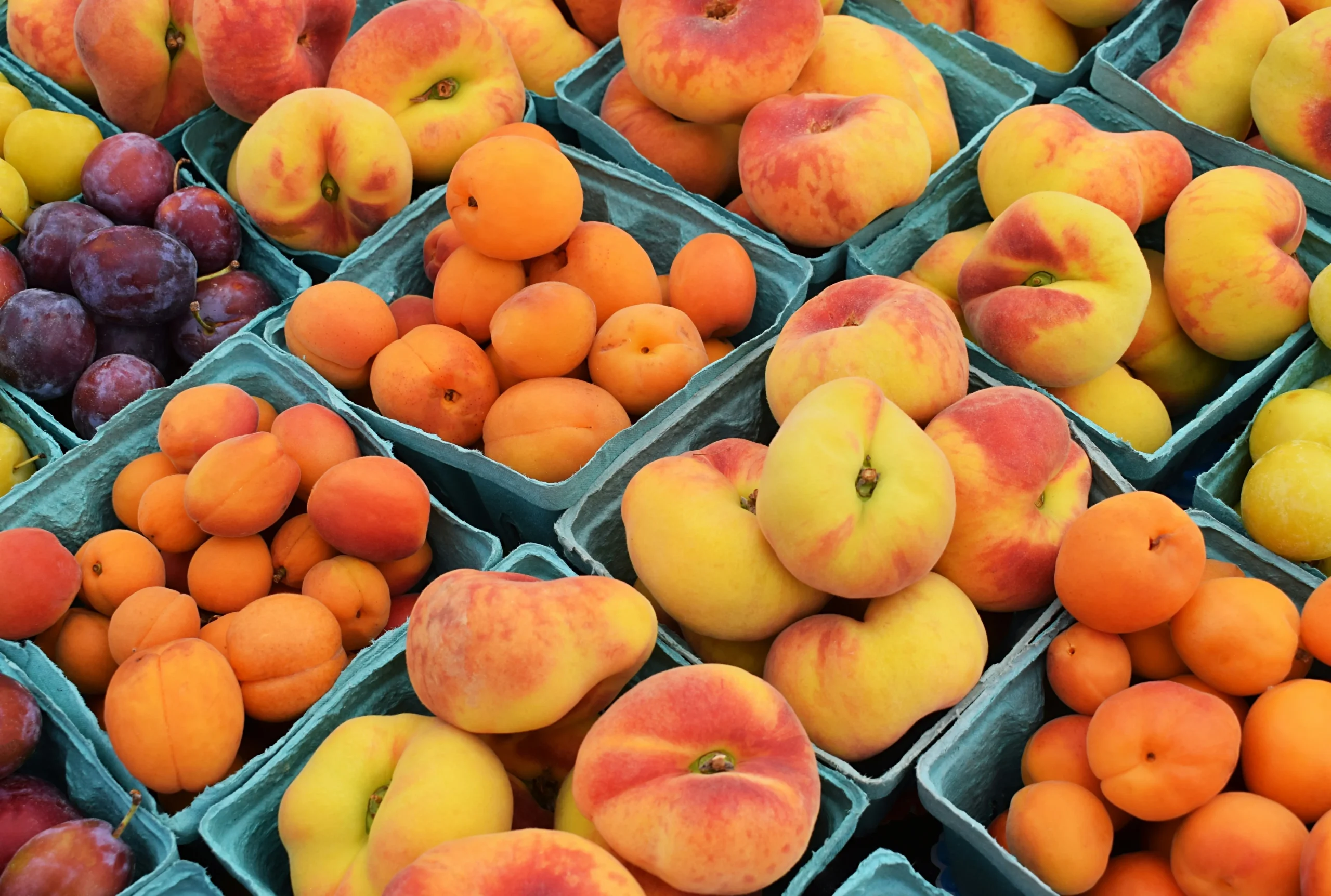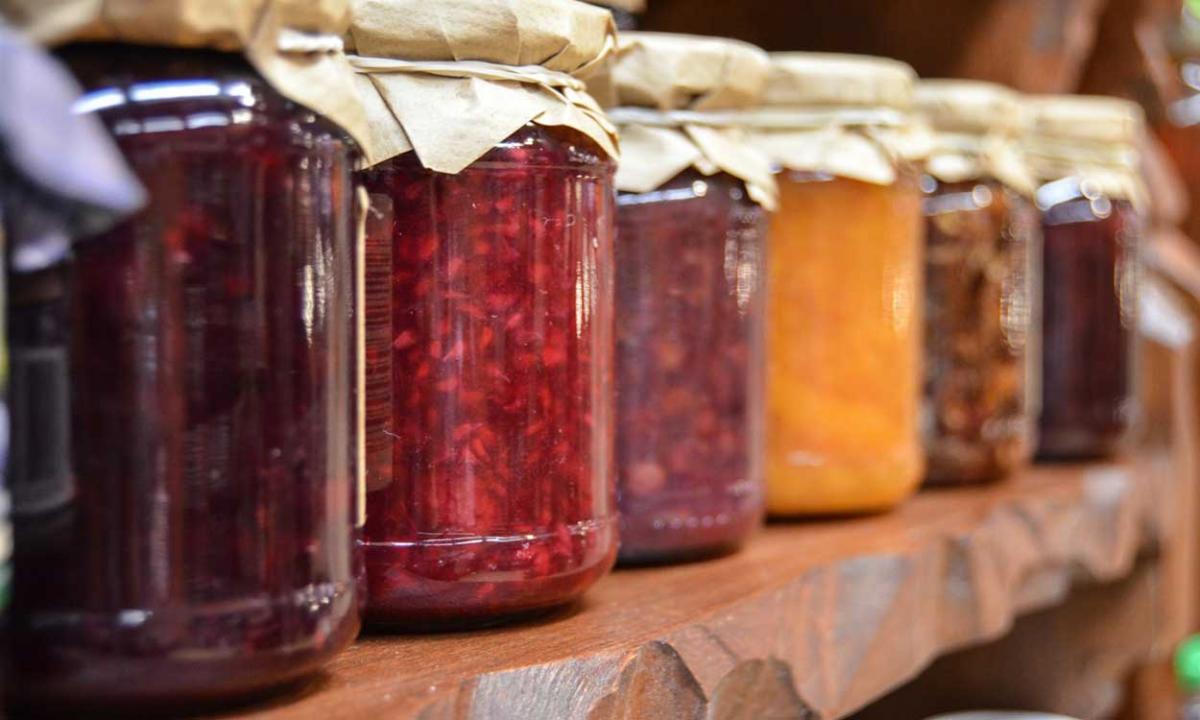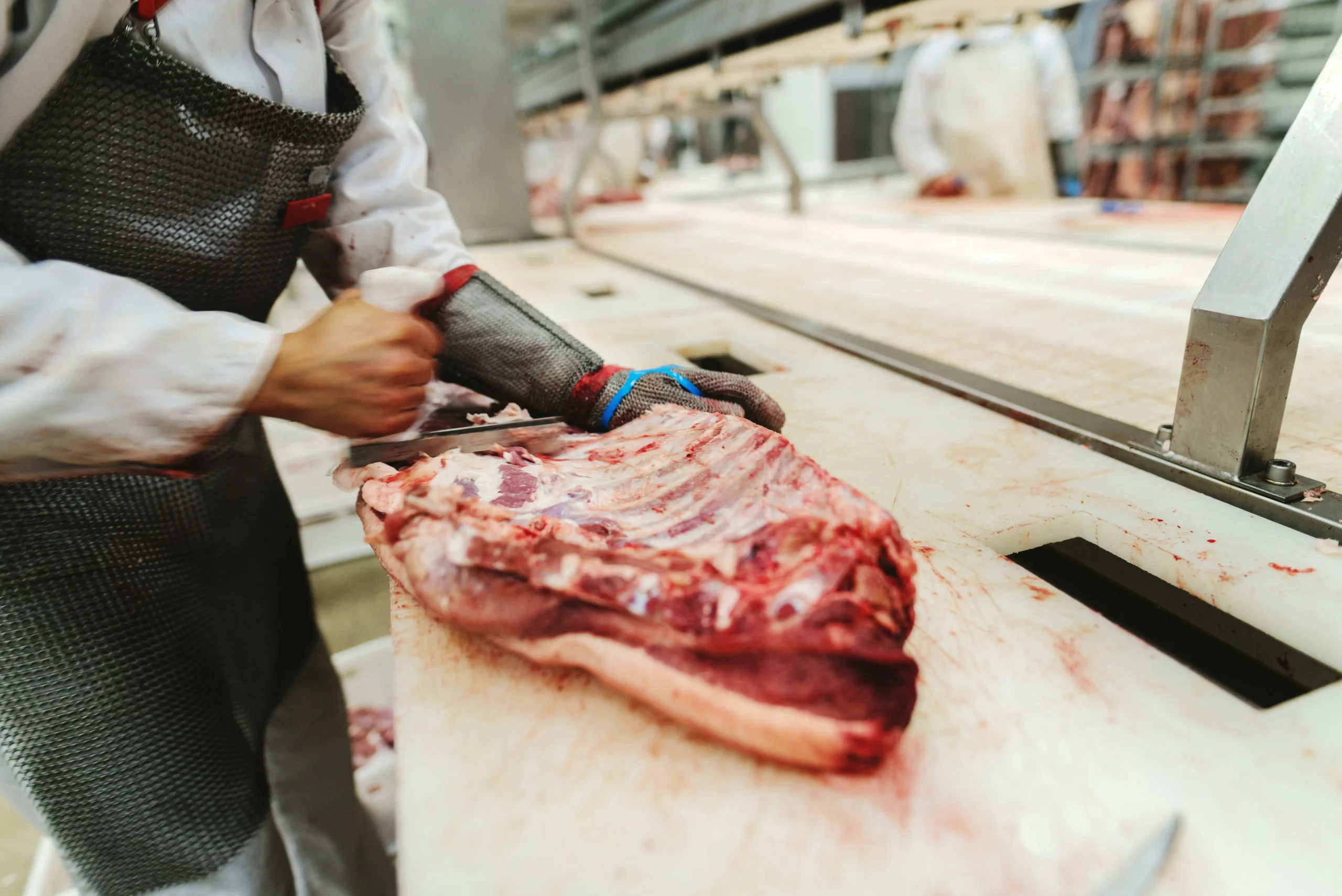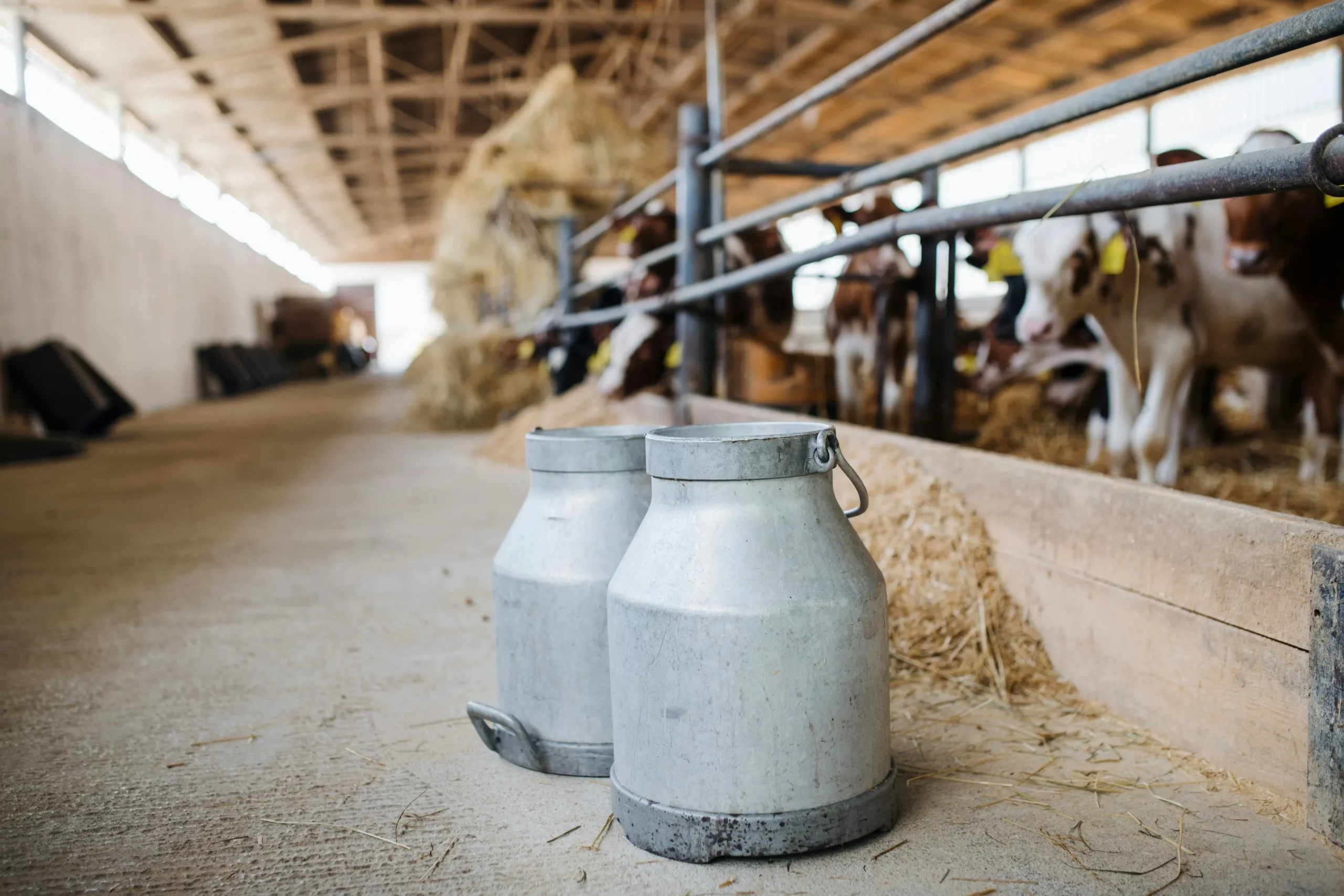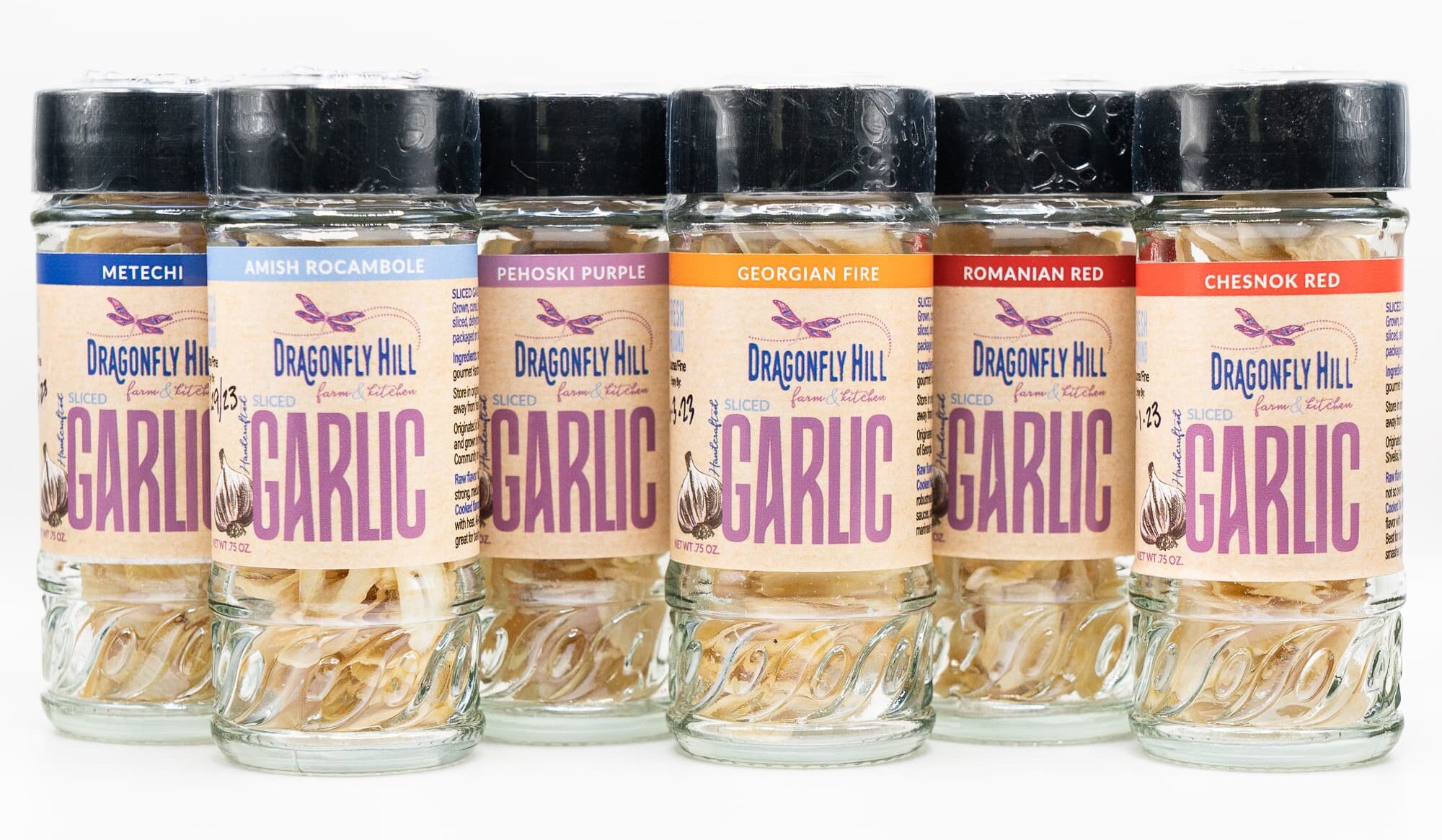
The Importance of Key Performance Indicators for Meat Processors
August 28, 2025
Why Customer Testimonials Are as Good as Gold (and 4 Ways to Get Them)
September 18, 2025
The Importance of Key Performance Indicators for Meat Processors
August 28, 2025
Why Customer Testimonials Are as Good as Gold (and 4 Ways to Get Them)
September 18, 2025September 9, 2025
6 Ways to Improve Your Gross Margins
By Evan Driscoll, Senior Business Consultant

This is the final blog post in a two-part series about gross margins. Click here to read our first blog post, “Understanding Your Gross Margins.”
Gross margins serve as a compass, guiding your business toward profitability and protecting against potential financial pitfalls. Regular assessment and optimization of gross margins are essential for maintaining a strong financial foundation. Here are six ways to improve your direct-to-consumer gross margins:
Merchandise Strategically: Sell More Volume of Higher Margin Products
One effective way to improve gross margins is to strategically merchandise your products. Focus on selling a higher volume of items with higher profit margins. This involves understanding customer preferences and strategically placing and promoting those products. Conduct market research to identify top-selling items and capitalize on consumer trends. Additionally, consider bundling complementary products to encourage customers to purchase more.
Reduce Waste: Combat Theft, Spoilage, and Shrinkage
Waste in any form negatively impacts your gross margins. Combat theft, spoilage, and shrinkage by implementing inventory management systems. Use technology to track and monitor stock levels, set up security measures to prevent theft, and implement a first-in, first-out (FIFO) inventory system to reduce spoilage. Regularly review and adjust your inventory control processes to minimize losses and maximize profitability.
Reduce Purchasing Costs: Negotiate with Suppliers and Buy in Bulk
Strategic procurement is a powerful tool for reducing purchasing costs and improving gross margins. Negotiate with suppliers to secure bulk discounts and better payment terms. Buying in bulk not only lowers unit costs but also minimizes the frequency of reordering, which reduces administrative costs associated with procurement. Regularly assess and renegotiate supplier contracts to ensure you’re getting the best value for your purchases.
Increase Value-Add Production
Adding value to your products may improve your overall gross margin. Explore opportunities to process or package your products in ways that increase their perceived value. This could involve a change in a product’s physical state (ex: milk to cheese, fruit to jam), offering ready-to-eat options, or developing branded packaging. Value-added production not only differentiates your products in the market but also allows you to charge higher prices. If you are new to value-added products, make sure you have command of your costs (including labor) to ensure that there is, in fact, a solid resulting gross margin. Remember, you don’t necessarily need to do value-added products in-house. If you have a co-packer in your area, you can lean on this service and price your products accordingly to avoid the operational risks and headaches of in-house production.
Increase Pricing Strategically
Many of our clients are hesitant to raise their prices, but this is an effective tool to control your gross margins. With some simple strategies, you can confidently raise your prices while minimizing customer churn. Do thorough market research and pricing comps to understand how much customers are willing to pay for your products. Will you increase prices on select products, entire product categories, or all products? Small price increases, especially for popular items, can help you make more money without upsetting your customers. Clearly communicate significant changes in pricing, emphasizing the value they receive. Generally, you should regularly monitor your product margins, and tweak pricing based on recent cost variations.
Management Incentives: Aligning Goals for Success
Encouraging and rewarding management and staff can be powerful in improving gross margins. Your incentives should be informed by your financial goals (margins), but implemented operationally. For instance, if you produce milk from a dairy herd and make cheese with it, your farm manager’s goal could be tied to pounds of milk produced, and your cheese maker could be based on the number of labor hours to turn that milk into cheese. This not only motivates the team to work towards common goals but also fosters a sense of shared responsibility for the financial success of the business. Clearly communicate the incentive structure and regularly review and adjust goals to maintain relevance.
Be a savvy business owner.
Get tips on accounting, finance, marketing, and more, tailored for farms and food businesses—free.
"*" indicates required fields
What to Do with Problem Areas
As you implement these strategies, you will more than likely discover some problem areas that are challenging your bottom line. Here are key steps to take in addressing these issues:
Review your financials at least monthly
If you can’t see something, you can’t manage it. Review your Profit and Loss Statement (PL) at least monthly to understand how well your product categories are performing financially. With a good, clean PL structured based on KTC’s Chart of Accounts, you will be able to see how well you’re performing in minutes. When you see problems, dig into it.
Dig deeper into POS data
To figure out specific issues affecting your gross margins, dive into your Point of Sale (POS) data. Analyze sales patterns, identify slow-moving products, and assess the performance of high-margin items. This data-driven approach can help you understand what your customers’ preferences are, which enables you to make informed decisions and address underperforming areas.
Small improvements can make a big impact
Focus on making incremental improvements, especially in the gross margin of popular products. Even a slight enhancement in the margin of popular products can significantly improve your overall gross margin. By identifying and addressing weaknesses in specific product categories, you can gradually elevate the profitability of your on-farm retail business.
Example Gross Margin Issues
Problem: My product or service costs increased. (ie. meat processor increase their service fees; price of feed increases)
Potential Solutions: Increase your sales prices. Renegotiate cost price with suppliers. Find different suppliers or service providers.
Problem: I’m losing a lot of product to shrink. (i.e., dumping milk from your herd)
Potential Solution: Coordinate with whoever is in charge of inventory (which may be you) to identify the problem. Are we buying too much product and can’t move it before it spoils or needs to be donated? Is product disappearing due to theft or employee perks? Once the problem is identified, actively work towards solving it with your staff as quickly as possible.
Problem: I can’t get my direct labor costs under control.
Potential Solution: Strategically right-size your staffing. Tie incentives to your operational and financial goals. Keep labor costs at the forefront of your mind and actively manage it.
Problem: I just can’t seem to hit my gross margin goal for a particular product type no matter how much I manage it.
Potential Solution: Sometimes it can be best to cut your losses and stop selling a particular product type.
Addressing problem areas is an ongoing process. Regularly revisit your POS data and performance metrics so that you can continue making informed adjustments based on relevant information to keep your on-farm retail venture successful.
